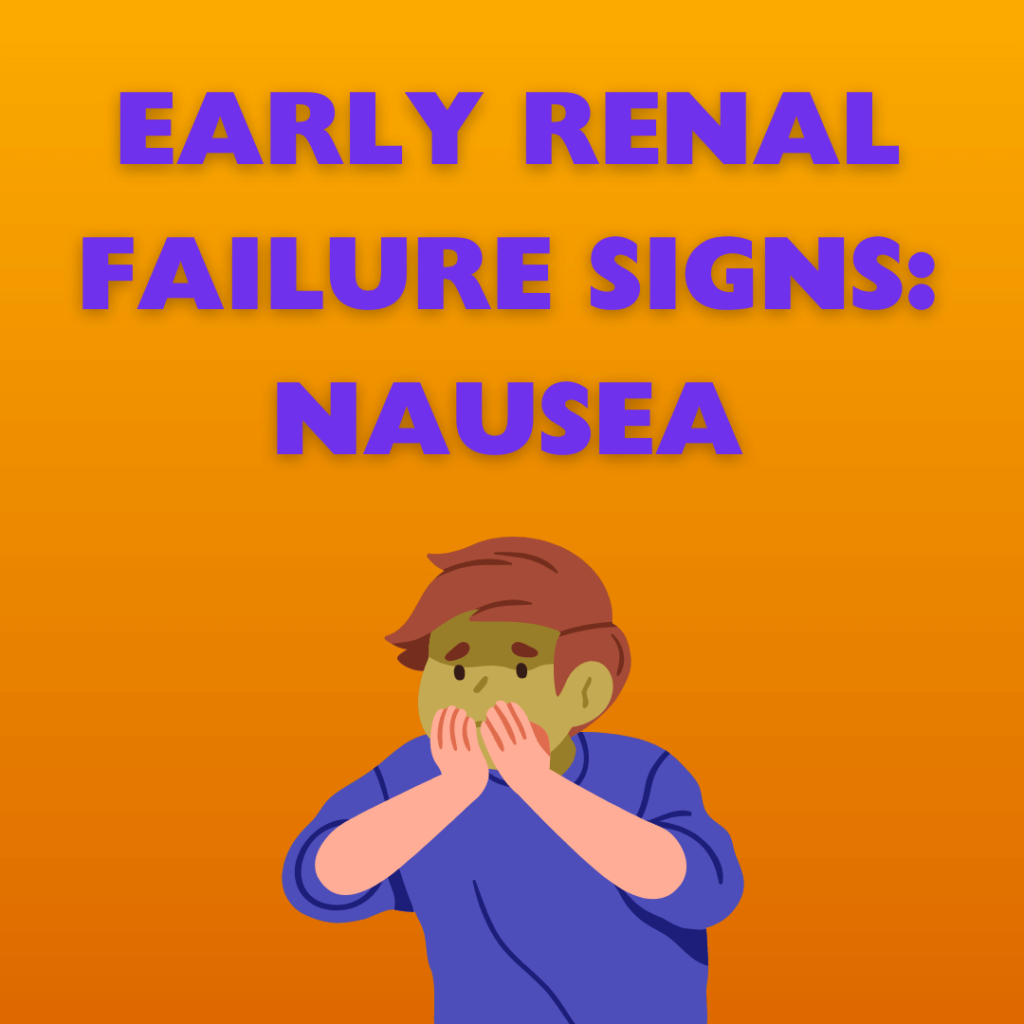
For seniors, medical alert systems can be life-saving. Seniors experiencing disability, chronic illness, and/or mobility issues depend on medical alerts in times of emergency. In a survey run by Forbes Health, 86% of medical alert users claimed that their devices helped curb potential crises.
With many medical alert systems, determining the best one to meet your or your loved one's needs is important. Activity level, house size, mobility, and lifestyle factors should all factor into your search. We've rounded up some of the top medical alert systems to keep you safe, secure, and independent.
Medical Guardian
Medical Guardian's reliable, 24/7 support makes it one of the top medical alert systems on the market. Their primary system, the Classic Guardian, connects a wearable pendant to your home's landline, providing a 1,300-foot indoor range of coverage. The company offers a range of features to keep you connected, including GPS-enabled travel buttons and sensor-monitored fall detection. You can travel, run errands, and maintain independence without fear.
Pros:
- 5-year button lifespan; 5-day battery life; 32-hour backup system battery
- Wearable products are waterproof
- Thorough in-home coverage range
- 4.5/5 stars
Cons:
- Equipment fees for any add-on services
Cost: Starts at $29.95 monthly; \$10 per month for fall detection
LifeFone
LifeFone prioritizes your independent needs. They feature personalized care plans, including medication reminders, temperature monitoring, and secondary coverage for a second person in the same household. This may be helpful for older adults who live with a spouse, partner, or roommate. Additionally, their "On the Go" service responds to outdoor alerts. Their pendants and watches can be programmed into a cellular or landline set-up, covering a 1,300-foot in-home range.
Pros:
- 5-year button lifespan; 10-day battery life; 32-hour backup system battery
- No equipment or activation fees
- Wearable products are water-resistant
- 4.7/5 stars
Cons:
- Additional features accrue additional costs
Cost: Starts at $24.95 monthly
Bay Alarm Medical
Bay Alarm Medical has spent 70 years perfecting its systems. Once you've activated your crisis button, Bay Alarm communicates directly with you, then contacts family, neighbors, and/or medical authorities. Their SOS Home kit includes a wall mount, wearable buttons, and a Vial of Life healthy summary sheet. They also sell lockboxes, providing front-door access to emergency responders.
Pros:
- 5-year button lifespan; 5-day battery life; 2-year fall detection lifespan
- Lockbox for safer entry
- Mobile app
- No startup costs
- 4.8/5 stars
Cons:
- Lack of GPS tracking
- No voice-activation
Cost: $29.95 for SOS Home cellular, \$24.95 for landline; \$10 per month for fall detection
ADT Medical Alert
As one of the leading home security providers, ADT features one of the top medical alert systems for the elderly. Their Medical Alert Basic (landline required) has a 300-foot range, while Medical Alert Plus (cellular or landline) has a 600-foot range. They have at-home and mobile options in multiple different pendant styles. You can also invest in an emergency wall-mount button, a lockbox, and a fall-detection pendant.
Pros:
- 40-hour battery life
- Waterproof pendant
- No hidden equipment fees
- 4.5/5 stars
Cons:
- Cellular is more costly than landline
- Limited range
Cost: Starting at $26.99 monthly; \$11 per month for fall detection
Aloe Care Health
What sets Aloe Care Health apart is its voice-activated Smart Hub, a powerful tool for those who may struggle to press a button firmly. With Aloe Care, caregivers or family can access a smartphone app that lets them stay up-to-date and communicate through in-app calling. A Mobile Companion can be purchased to accompany you on trips out of the house.
Pros:
- 3-year hub battery; 5-day mobile battery
- Voice-activation system
- Reasonable monthly cost
- 4.4/5 stars
Cons:
- High one-time hardware cost
- Small range of 200 feet
Cost: Starting at $29.99 monthly
GetSafe Medical Alert
GetSafe Medical Alert offers many communication options, including voice activation, a pull cord, and a base system. Their needs-specific packages include the option to purchase multiple wall buttons, allowing placement in high-risk fall areas. Their central system features a 1,000-foot in-home range, while their wearable button includes a 1,300-foot range. The brand prioritizes aesthetic appeal, which can provide a sense of normalcy.
Pros:
- 5-year battery lifespan; 32-hour backup system battery
- Multiple wall buttons
- Wearable button is waterproof
- Smartphone app for caregivers
- 4.7/5 stars
Cons:
- Pricey set-up fees
Cost: $29.95 monthly; \$10 per month for fall detection
MobileHelp
MobileHelp is versatile, quick, and easy to use. The MobileHelp Classic system has a base unit and a waterproof help button for in-home use with a range of 1,400 feet. For seniors on the go, you can purchase their MobileHelp Duo set-up with a GPS-tracked mobile unit. Lastly, their TouchDuo features a touchscreen with apps to call for help, set alerts, and stay connected.
Pros:
- 5-year battery lifespan; 3-day battery life; 30-hour backup system battery
- Waterproof help button
- Voice-activation options
- 4.5/5 stars
Cons:
- Runs only on AT&T cellular
Cost: Starts at $29.95 monthly; \$11 per month for fall detection
How to choose your unit
Ultimately, choosing the proper unit comes down to your needs. Systems with voice activation, such as Aloe Care Health, can benefit those with mobility issues. Lockboxes, like those by Bay Alarm and ADT, can provide easy access for first responders. A high-range system, like those by Medical Guardian and MobileHelp, may better support those in larger homes. Those with partners may appreciate the coupling allowed with LifeFone.
When choosing the right system, you should weigh costs, needs, connectivity, and mobility to purchase a system that best meets your particular needs. After ordering your system and having it installed, remember to take the time to learn the capabilities of the system and how to call for help efficiently. This way, there are no barriers to accessing help in your most vulnerable moments.
With the proper medical alert system, you can live with the peace of mind that help is only one button away.
Resource link
- "Medical Alert Systems Survey" via Forbes




